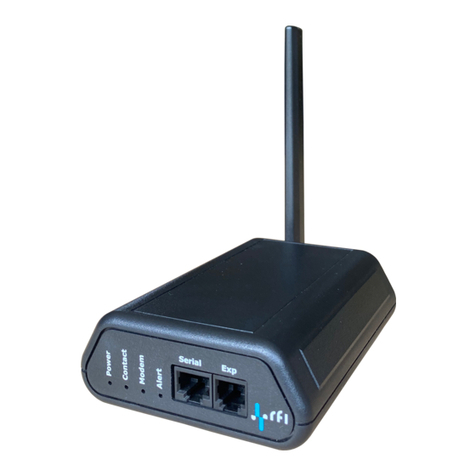Multimax_user manual_v.4.0.4 July. 11, 2018 2/139
Confidential
Contents
Chapter 1 Product Overview........................................................................................................ 4
1.1 Key Features.............................................................................................................................4
1.2 Package Contents.....................................................................................................................5
1.3 Specifications ........................................................................................................................... 8
1.4 Dimensions.............................................................................................................................10
Chapter 2 Hardware Installation ................................................................................................ 11
2.1 PIN Assignment......................................................................................................................11
2.2 LED Indicators ...................................................................................................................12
2.3 USB Interface .........................................................................................................................14
2.4 Reset Button .....................................................................................................................15
2.5 Ethernet Ports................................................................................................................... 15
2.6 Insert or Remove SIM Card/Micro SD Card ......................................................................17
2.7 Attach External Antenna (SMA Type) ....................................................................................19
2.9 Ground the Router.................................................................................................................22
2.10 Connect the Router to a Computer .....................................................................................23
2.11 Power Supply .......................................................................................................................23
Chapter 3 Initial Configuration .................................................................................................. 24
3.1 Configure the PC ....................................................................................................................24
3.2 Factory Default Settings.........................................................................................................27
3.3 Log in the Router....................................................................................................................27
3.4 Control Panel .........................................................................................................................29
3.5 - Status...................................................................................................................................31
3.5.1 - System Information...................................................................................................31
3.5.2 - Internet Status ..........................................................................................................32
3.5.3 - LAN Status.................................................................................................................32
3.6 - Interface...............................................................................................................................33
3.6.1 - Interface > Link Manager..........................................................................................33
3.6.2 - Interface > LAN .........................................................................................................39
3.6.4 - Interface > Ethernet..................................................................................................44
3.6.5 - Interface > Cellular....................................................................................................47
3.6.6 - Interface > USB ......................................................................................................... 51
3.6.7 - Interface > DI/DO......................................................................................................52
3.6.8 - Interface > Serial Port ...............................................................................................56
3.7 –Network............................................................................................................................... 60
3.7.1 - Network > Route ......................................................................................................60
3.7.2 - Network > Firewall....................................................................................................61
3.7.3 - Network > IP Passthrough ........................................................................................66
3.8 –VPN......................................................................................................................................66
3.8.1 VPN > IPsec ................................................................................................................. 66
3.8.2 VPN > OpenVPN .......................................................................................................... 74
3.8.3 VPN > GRE ...................................................................................................................80
3.8.4 VPN > PPTP.................................................................................................................. 82
3.8.5 VPN > L2TP ..................................................................................................................84




























